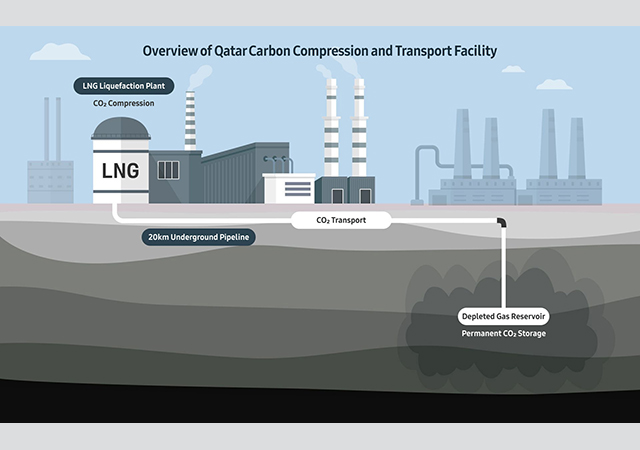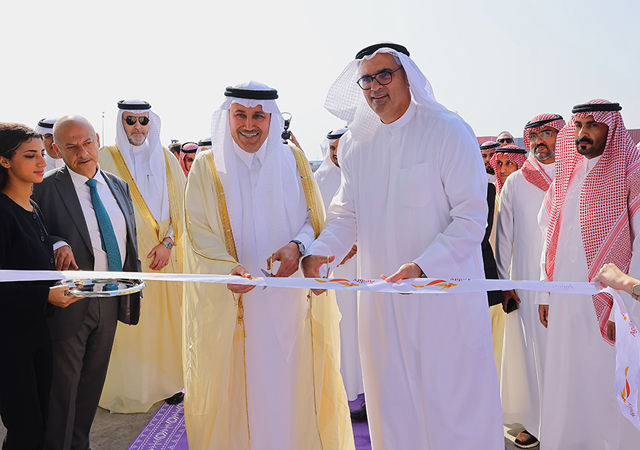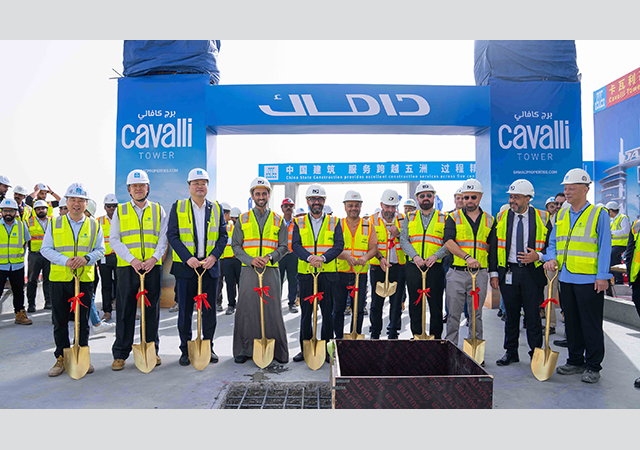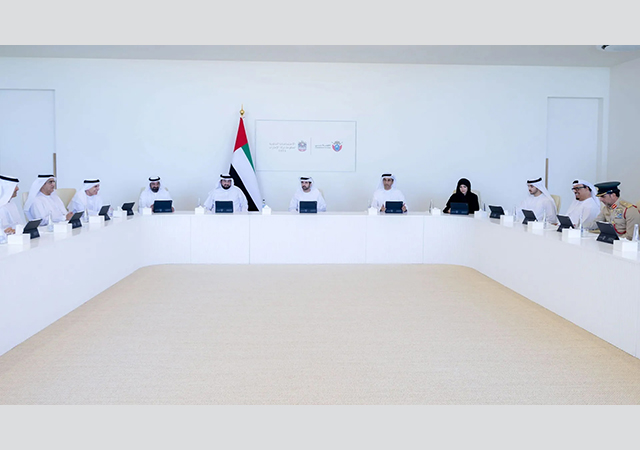
 Latest software and profiling devices <BR>are used to provide accurate, <BR>scaled, and complete
Latest software and profiling devices <BR>are used to provide accurate, <BR>scaled, and complete
ROADS that transport people and commodities from one place to another are subject to heavy loads and harsh environmental conditions, due to which they deteriorate with time. The rate of deterioration depends on the construction materials used, construction and maintenance history, load rates, and environmental conditions.
Therefore, a road’s performance has to be monitored to evaluate the rate of deterioration, need for maintenance and rehabilitation, and proper scheduling of maintenance and repair.
Evaluating a road’s performance can be subjective, depending on visual inspection and evaluator experience, or objective, depending on standardised evaluation procedures and equipment. Due to the fact that experience is difficult to transfer from one person to another and that individual decisions made from similar data are often inconsistent, in the late 1950s, objective evaluations began to gain ground and supersede subjective evaluation.
Four characteristics of pavement conditions are usually objectively measured to evaluate its performance and need for rehabilitation. These are:
• Functional evaluation – pavement roughness (readability);
• Structural evaluation – pavement deflection, cores and test pits;
• Surface condition evaluation – pavement distresses; and
• Safety evaluation – skid resistance.
FUNCTIONAL EVALUATION
Functional evaluation of highways is primarily concerned with the ride quality or surface texture of a highway section. Everyone who drives or rides in a vehicle over the surface of a highway pavement can subjectively judge the smoothness of the ride. Pavement roughness is defined as an expression of irregularities in the longitudinal profile of its surface that adversely affects the ride quality of a vehicle, thus causing discomfort to the user.
Smoother roads are required because they provide comfort and safety to road users, reduce vehicle operating cost by reducing fuel and oil consumption, tyre wear, maintenance cost and vehicle depreciation, and reduce pavement maintenance cost. Smooth roads result in less dynamic loading from truck traffic, which reduces pavement distresses thus resulting in less maintenance and lower life cycle cost.
Therefore, it is expected that smoother roads will last longer.
 |
Roughness is typically quantified using different indices such as present serviceability rating (PSR), present serviceability index (PSI), ride number (RN), and international roughness index (IRI). The IRI is a scale for roughness based on the simulated response of a generic motor vehicle to the roughness in a single wheel path of the road surface. Its true value is determined by obtaining suitably accurate measurement of the profile of the road, processing it through an algorithm that simulates the way a reference vehicle would respond to the roughness inputs, and accumulating the suspension travel. It is normally reported in inches/mile or m/km.
There are two main methods for measuring road smoothness. These are subjective ride quality surveys (serviceability surveys); and objective roughness surveys.
Profiling devices, which are objective roughness survey systems, are used to provide accurate, scaled, and complete reproductions of the pavement profile. Among the most advanced profiling devices are laser profilers, which use non-contact laser sensors to measure differences in the pavement surface.
To eliminate vehicle body motion and compute road longitudinal profile, accelerometers are placed on the measuring vehicle body to measure its vertical motion.
Part of the Arab Centre for Engineering Studies (ACES), the Regional Excellence Centre for Pavement Studies and Evaluation (RCP) provides various services including pavement evaluation for highways and airports and design of pavement management and maintenance systems.
It has acquired a non-contact laser profiler with high-resolution video camera capable of collecting the longitudinal profile, roughness and macro-texture, whilst providing fully-linked video images. The system outputs are road roughness (IRI, ride number, Naasra), longitudinal profile, macro-texture (MPD or SMTD), digital imagery, GPS location/distance, and shape-files.
STRUCTURAL EVALUATION
Structural evaluation is concerned with the structural capacity of the pavement as measured by deflection, layer thickness, and material properties. It is used to obtain information on the load-bearing capacity for both roads and airports to evaluate the need for maintenance and rehabilitation, asset evaluation, and construction quality control.
Non-destructive testing has become an integral part of pavement structural evaluation and rehabilitation strategies in recent years. The falling weight deflectometer (FWD) is considered the most popular equipment used for non-destructive testing of airports and highways. FWD applies a load to the pavement and deflections are measured directly under the load and at set distances from the load.
 |
These recorded deflections are processed by back analysis software to estimate the modulus of each pavement layer, and required overlay depth for the future design traffic. In small projects, the Benkelman beam can be used to assess structural adequacy of the pavement layers.
The RCP has acquired a super heavy-weight deflectometer, which can be used for deflection measurements on roads, airports, and granular surfaces.
It can be used for measurements on pavements subjected to very heavy traffic such as Boeing 777 or Airbus 380 aircraft. It features a loading range of 7 to 300 kN; 18 deflection sensors; three automatic temperature sensors integrated in the software (air, surface and asphalt); integrated distance measuring instrument; 300 and 450-mm load plates; a video camera with monitor; and back-calculation software for both road and airport data analysis.
SURFACE CONDITION EVALUATION
Pavement condition refers to the condition of the pavement surface in terms of its general appearance. A perfect pavement is levelled and has a continuous and unbroken surface, while a distressed pavement may be fractured, distorted, or disintegrated. In order to obtain a useful condition assessment of the pavements, unbiased and repeatable survey procedures must be used.
To provide for maximum usefulness, the survey procedures must be easily understood and relatively simple to perform in the field.
The most common survey technique used in the US and the world over is the pavement condition index (PCI) procedure developed by the US Army Corps of Engineers. The condition of the pavements is determined by a field survey of the surface operational condition of all pavements using this procedure.
The PCI – a measure of the pavement’s surface operational condition and ride quality on a scale of zero to 100, with 100 being excellent – has several unique qualities, which make it a useful visual surveying tool. It agrees closely with the collective judgment of experienced pavement engineers and has a high degree of repeatability.
The RCP has extensive experience in condition assessment survey procedures that are applicable to a wide variety of users’ needs. It conducted a comprehensive study for the Municipality of Greater Amman in Jordan, which was financed by the World Bank. In the study, a pavement management system (PMS) was developed and implemented for Greater Amman.
The PMS included a diagnostic stage, which consisted of assessment and evaluation of the existing pavement condition. Another example is for the assessment and preventive maintenance management for unpaved roads in Dhamar Area in Yemen, which was carried out for the United Nations Development Programme (UNDP).
SAFETY EVALUATION
Surface friction or skid resistance is considered a safety characteristic of the pavement surface layers. Skid resistance is a measure of the resistance of pavement surface to sliding or skidding of the vehicle. It is a relationship between the vertical force and the horizontal force developed as a tyre slides along the pavement surface.
Therefore, the texture of the pavement surface and its ability to resist the polishing effect of traffic is of prime importance in providing skidding resistance.
The British Pendulum Tester, available at the RCP, is one of the commonly used equipment in evaluating road surface friction. The device includes a pendulum on which a rubber slider is mounted, then raised into position and released.
The slider contacts the surface at the end of the downswing. At the end of the upswing, a pointer indicates a British pendulum number (BPN), which is related to the distance that the slider travels. The procedure (ASTM E303) is performed on a cleaned and wetted pavement surface.
* Dr Ibrahim Asi is the director of the RCP at ACES in Amman, Jordan.
















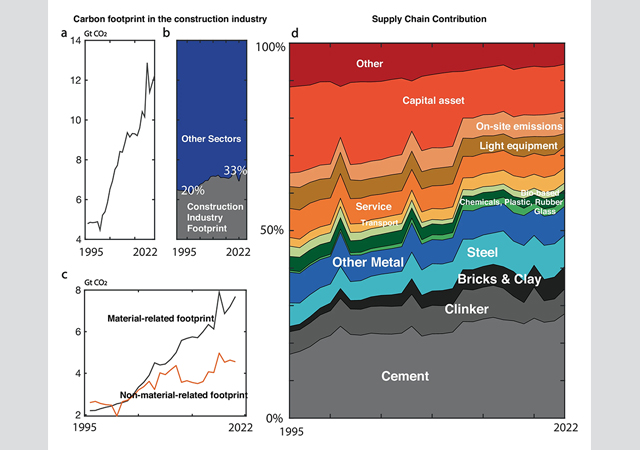
.jpg)

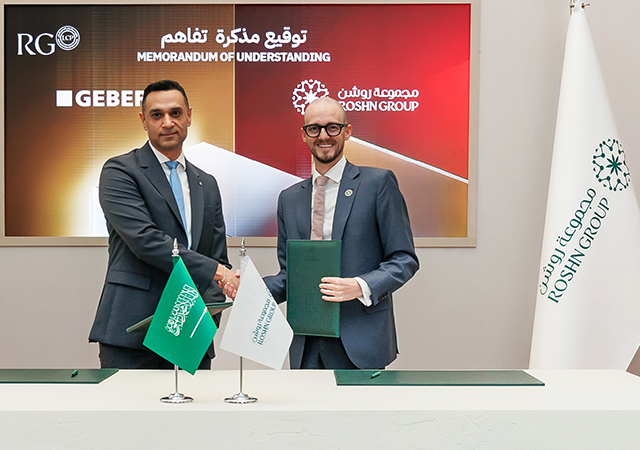







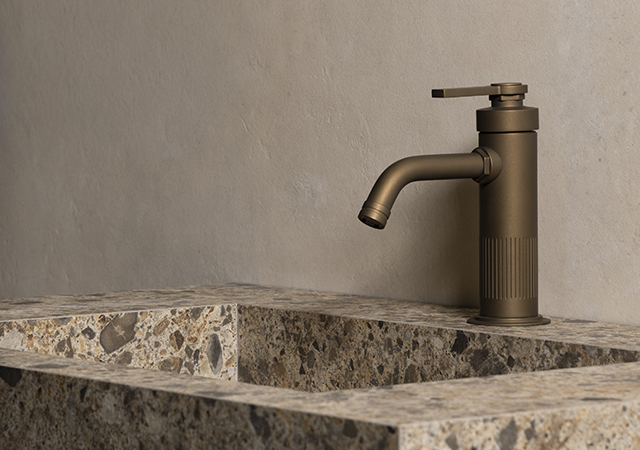


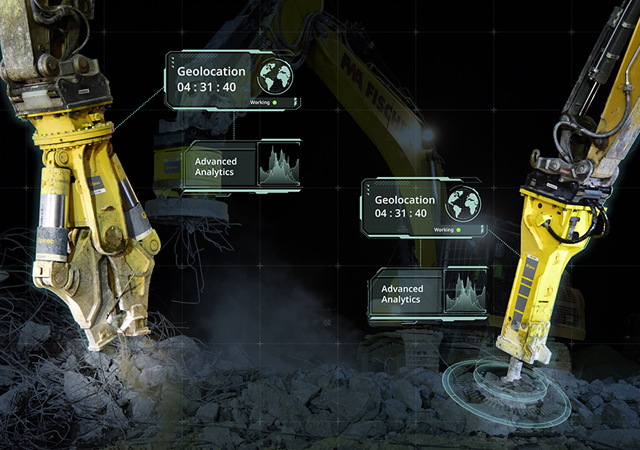
 (1).jpg)











